Perhaps the oldest occupation known to mankind (followed very closely by parenting), farming allowed our ancestors to stop migrating and create the first villages. In modern times, we’ve developed a wide range of farming techniques our forebears could never have imagined.
The following types of farming are just a few examples of how versatile this business has become. Note that we’re including primarily traditional farming methods here. Modern techniques (such as hydroponics) will be covered separately.
Related: 19 Types of Tractors
Types of Farming
1. Complimentary Farming
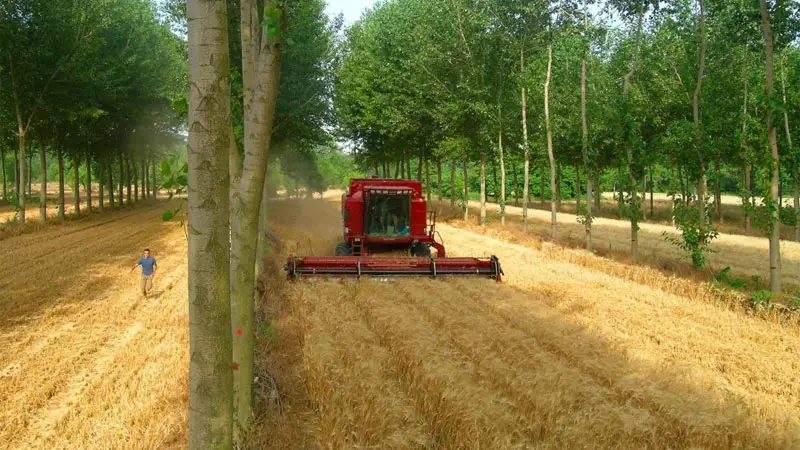
One of the most efficient and least-known forms of farming, this method pairs plants based on natural pest repellent qualities, root depth, and other factors. As a result, enough wheat can be grown in one square acre for a loaf of bread while also providing both flowers and other crops.
Complimentary farming uses no pesticides and usually includes plants that replenish the soil, making fertilizers unnecessary in most cases.
2. Crop Rotation
While this method has existed for centuries, it only really became popular when George Washington Carver developed a wide range of uses for the peanut. Peanuts are a crop that introduces nutrients back into soil, but previously had limited use and thus was not considered a viable crop.
The point of crop rotation is to divide land into segments (usually three to four). Crops are planted in half of the segments which draw nutrients from the soil. After harvest, the crops are planted in the remaining segments and the previously used segments are used to plant crops that reintroduce the depleted nutrients.
As a result, no extra fertilizers or chemicals are necessary to maintain the land. While crop rotation methods produce a smaller quantity of the preferred crop, it’s cheaper to produce and tends to result in healthier food crops.
3. Dairy Farming
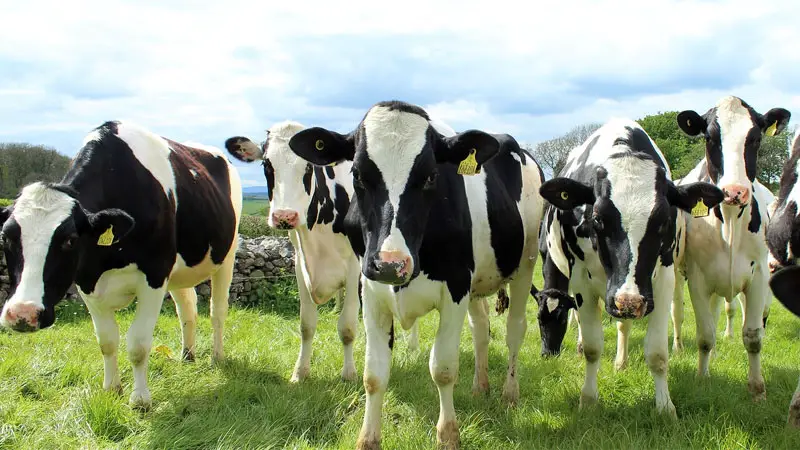
This method involves raising milk-producing livestock (usually cows or goats), then harvesting the milk. This milk may be exported with or without processing or turned into other dairy products such as cheese or butter.
This industry is so large that small dairies may ship their yields to collection facilities for processing. As milk spoils quickly, this type of farming requires a lot of planning and coordination.
Related: 13 Different Types of Barns (w/ Pictures)
4. Dry Farming
There are many locations worldwide that exist in persistent drought conditions. In these areas, farmers may have access to only partial irrigation or no irrigation at all. Dry farming is a technique where the farmer focuses on drought-resistant crops, producing a lower yield but requiring far less water than other methods.
5. Industrial Farming
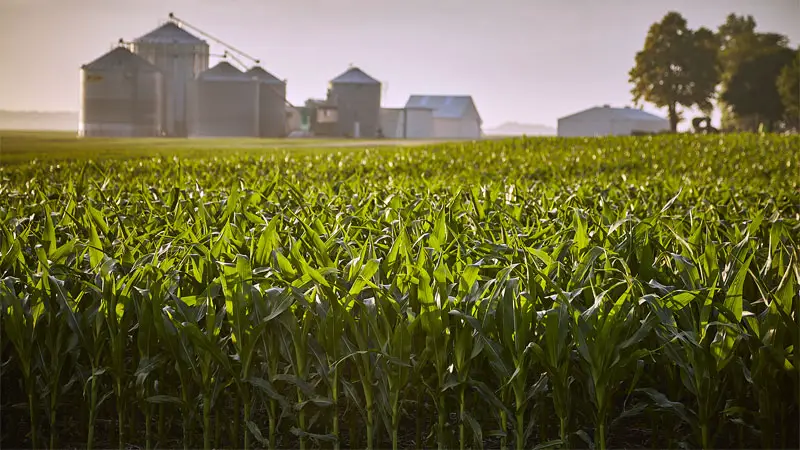
Also known as intensive farming, this method requires high amounts of fertilizer and pesticide. The farmer uses high yielding seeds to produce crops in large quantities.
Many farmers in the US have been subsidized to stop producing food and instead use this method to produce industrial corn, a barely edible variety of corn that’s mixed with numerous enzymes to produce corn syrup, an artificial sweetener that has similar effects as sugar at a lower cost.
Sulfuric acid can be added to corn syrup, producing high fructose corn syrup (HFCS), an artificial sweetener that’s incredibly cheap to produce but carries a wide range of health risks.
In other countries, industrial farming is used as a means to produce large amounts of industrial produce at a faster rate than normal. While this may include food crops, it tends to focus on non-food items such as jute, hemp, industrial corn, or cotton.
6. Mixed Farming
Mixed farming is simply the process of raising both crops and livestock on a piece of farmland.
See Also: Different Types of Eggs
7. Multiple Farming
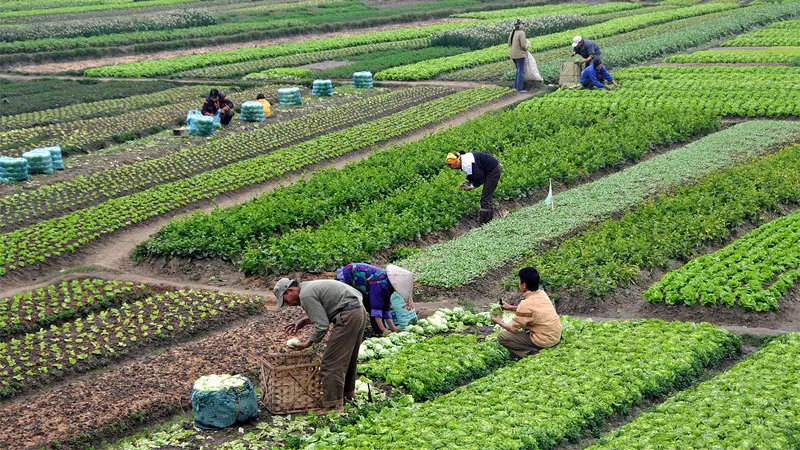
As the name implies, multiple farming is the process of growing multiple crops on the same land, usually with different growth periods to eliminate competition for nutrients and soil space. Your garden is an example of multiple farming.
8. Nomadic Farming
A very traditional method now used primarily by shepherds, this is a method where livestock grazes from an area for a time, then are herded to a new area once the current land no longer has enough food for the livestock.
Some nomadic farmers travel great distances when in regions where seasons may affect the ability to graze.
9. Pastoral Farming
Pastoral farming is the process of raising cattle or other livestock. The manure produced during grazing serves as a natural fertilizer, allowing the land to remain self-sustaining.
Pastoral dairy farmers tend to have better quality milk production and healthier livestock than those who keep their herds indoors and feed them with harvested grains.
10. Plantation Farming
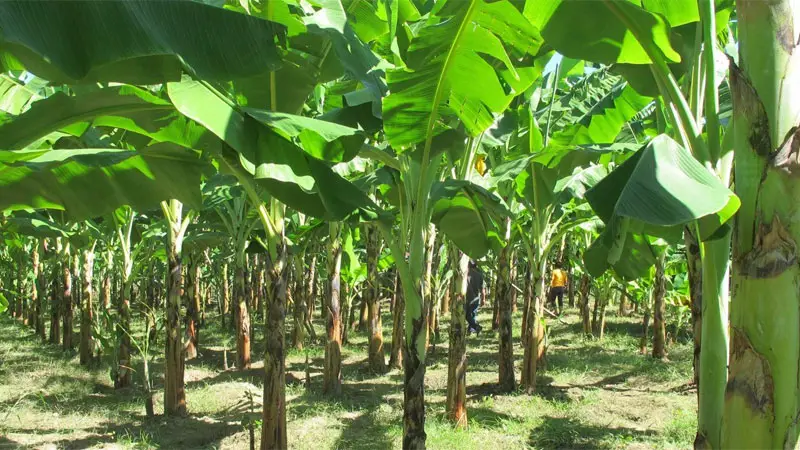
The term plantation is likely familiar to you. Made popular in British colonies and still practiced in those countries today, plantations are farms that grow bush or tree crops.
Usually a plantation will focus on a single crop such as bananas, coffee, oranges, rubber, spices, or tea. A lot of plantations produce so much they have their own processing plants.
Modern plantations are often heavily reliant on irrigation, fertilizers, pesticides, and machines, as their crops cannot be moved and often take years to start bearing product. Orchards, vineyards, and other plantations take time to establish but provide farmers with generations of sustainable crops.
Related: Types of Chemical Reactions
Most today employ local local workers, although they used to be notorious for hiring slaves or illegal immigrants to save money. Workers tend to live on the plantation with their families.
Plantations are one of the most expensive farming investments, requiring the owner to purchase large amounts of land and raise crops which may not be harvestable for several years.
As the plantation focuses on one crop, large amounts of pesticides are often needed to prevent infestations. The land also requires plenty of fertilizer, as crops cannot be moved once established.
11. Shifting Farming
Prior to the discovery of crop rotation, tribes used this method as a means of early agriculture. This method clearcuts or razes small forested areas to create fresh farmland.
Farmers then work the land for two to three years. Each year, the yield shrinks as the soil becomes more fallow. Eventually, the land must be abandoned in favor of healthier soil.
It’s very rare to see shifting farming in modern times due to the wide range of more efficient alternatives. However, the technique may still be found in a few isolated aboriginal communities.
12. Subsistence Farming
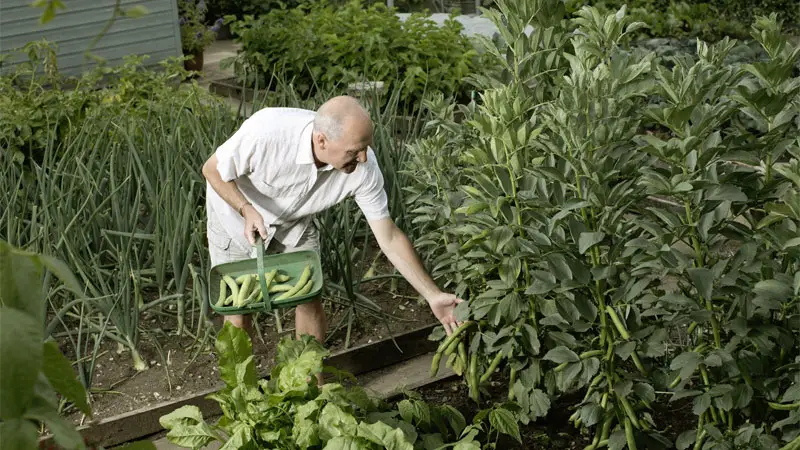
Chances are, if you have a garden, you’re using subsistence farming. This method involves small plots of land which yield just enough for the farming family to live off of. The entire family works this plot, which rarely has power or irrigation.
Due to the low income often associated with subsistence farming, these farmers can rarely afford high-yield seeds, fertilizer, or dedicating a portion of their plot to cash crops.
Related: 5 Types of Oatmeal
13. Terrace Farming
An ancient form of farming still practiced today, this method allows farmers to cultivate hills and mountainsides. A series of terraces are built to prevent erosion and create steppes on which the crops are planted. It is most commonly associated with Native American and Celtic cultures when described using examples.

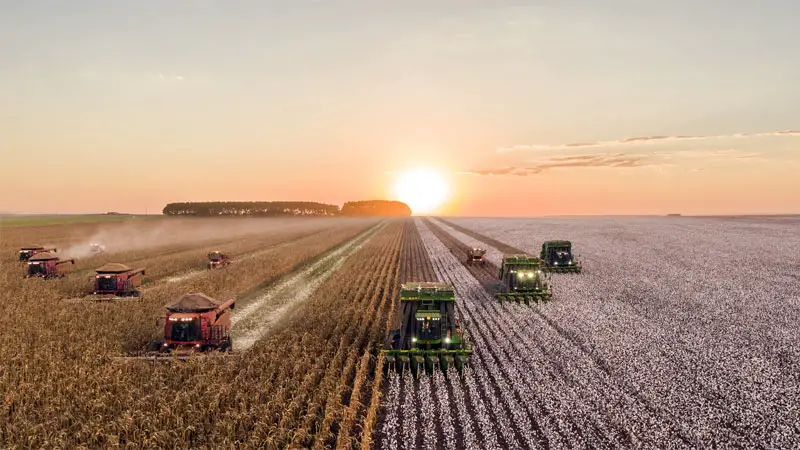
im planning to open Co-operative company.. i saw many youth jobless in my country n realize that this is an opportunity for us to start something with our hands..
Good thinking!
If the youth find the time to compensate for the revolution of a start-up this might be a great experience and a lesson on understanding the land and man relationship better.